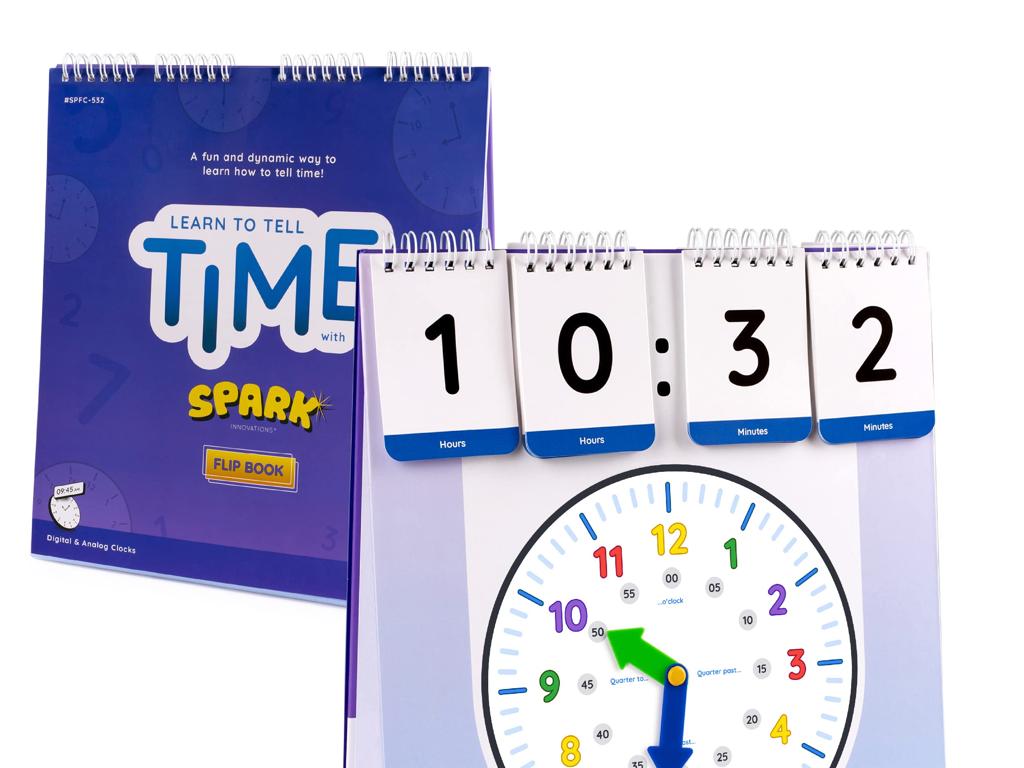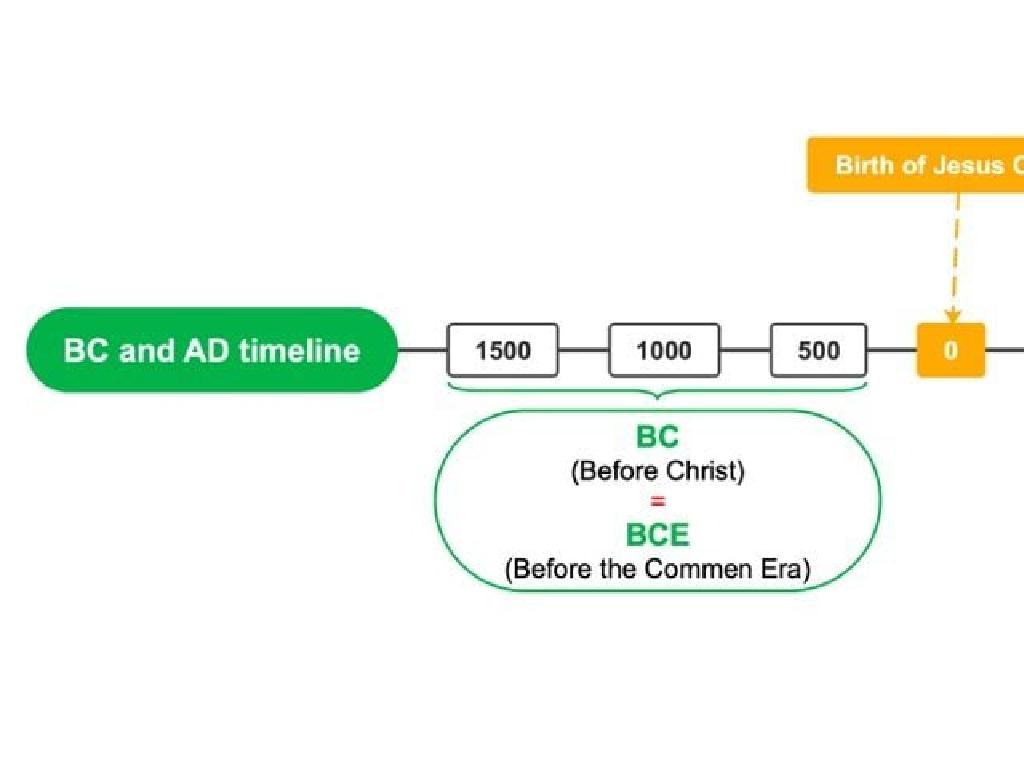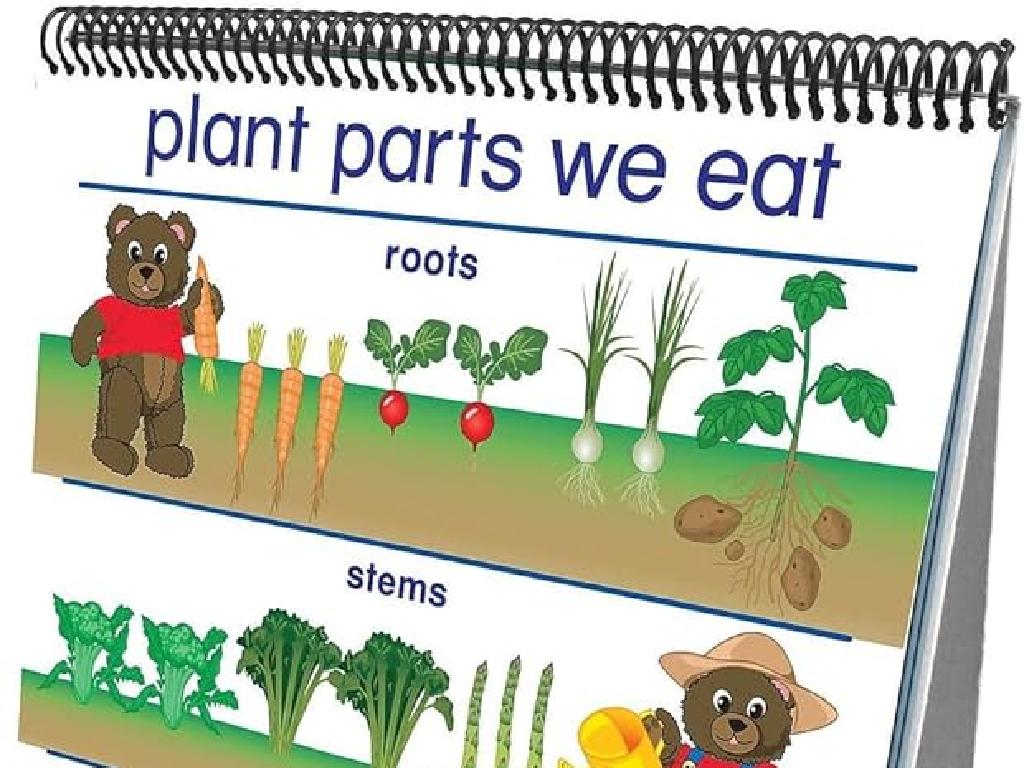Read Poetry
Subject: Language arts
Grade: Fourth grade
Topic: Literary Texts: Level 2
Please LOG IN to download the presentation. Access is available to registered users only.
View More Content
Introduction to Poetry
– What is poetry?
– A type of writing that expresses ideas and feelings in a special way.
– Poetry: Beauty in words
– Poems use words to paint pictures and stir emotions.
– Various poetry forms
– Haiku, acrostic, limericks, and free verse are some types.
– Expressing feelings through poems
– Poems can share happiness, sadness, or other emotions.
|
This slide introduces students to the concept of poetry, emphasizing its role in expressing ideas and emotions creatively. Begin by defining poetry and discussing its unique features compared to other types of writing. Highlight the importance of word choice and how it can evoke imagery and feelings. Introduce different forms of poetry, such as haiku and limericks, and explain that each has its own structure and style. Encourage students to think about how poetry can communicate emotions effectively, and prepare them to explore and create their own poems in future lessons.
Rhyme and Rhythm in Poetry
– Understanding rhyme in poems
– Rhyme: words that sound the same at the end, like ‘cat’ and ‘hat’.
– Feeling the rhythm: poem’s beat
– Rhythm: the pattern of beats or stresses in a poem.
– Examples of rhyme and rhythm
– ‘The Cat in the Hat’ by Dr. Seuss shows fun rhymes and a strong, steady rhythm.
|
This slide introduces students to the concepts of rhyme and rhythm, which are essential elements of poetry. Rhyme is when words have the same ending sound, which often creates a musical quality in poems. Rhythm refers to the beat or pace at which the poem is read, which can be fast or slow, and is created by the pattern of stressed and unstressed syllables. Use familiar and simple poems to illustrate these concepts, such as works by Dr. Seuss, which are both engaging and age-appropriate for fourth graders. Encourage students to listen for rhyming words and the beat as they read poetry aloud. Activities can include clapping along to the rhythm or creating their own rhyming couplets.
Imagery in Poetry: Painting with Words
– Imagery uses senses for understanding
– Think about how poems make you see, hear, feel, taste, or smell something
– Poets create pictures with words
– Like an artist uses paint, a poet uses descriptive words to create vivid images
– Activity: Find imagery in a poem
– Choose a poem and highlight words that help you imagine the scene
|
This slide introduces the concept of imagery in poetry, emphasizing how poets use language to evoke sensory experiences. Start by explaining that imagery involves using words to create pictures in the reader’s mind, much like using our senses to experience the world. Provide examples of descriptive language from familiar poems or everyday scenarios. For the activity, guide students to select a poem and identify words or phrases that stand out to them as creating strong images. Encourage them to consider all five senses. The teacher should prepare a list of poems suitable for fourth graders that contain rich imagery and be ready to assist students in understanding and interpreting the language used.
Figures of Speech in Poetry
– Understanding Similes
– Similes compare two things using ‘like’ or ‘as’, e.g., ‘as brave as a lion’.
– Exploring Metaphors
– Metaphors state one thing ‘is’ another, e.g., ‘the classroom was a zoo’.
– Discovering Personification
– Personification gives human traits to objects, e.g., ‘the wind whispered’.
|
This slide introduces students to figures of speech, specifically similes, metaphors, and personification, which are key elements in poetry. Similes help create vivid imagery by comparing two different things in a way that they seem similar, using words ‘like’ or ‘as’. Metaphors also create strong images by stating that one thing is another, helping to convey deeper meanings. Personification adds a creative touch by attributing human characteristics to inanimate objects or abstract ideas, making the poetry more relatable and engaging. Encourage students to identify these figures of speech in poems they read and to use them in their own writing to enhance their poetic expressions.
Emotions and Themes in Poetry
– Understanding the poet’s feelings
– Poets share feelings through words; like happiness in ‘A Birthday’ by Christina Rossetti.
– Exploring the poem’s message
– What is the poem trying to tell us? Like friendship in ‘Hug O’ War’ by Shel Silverstein.
– Discussing famous poems’ themes
– For example, the theme of nature in Robert Frost’s ‘The Road Not Taken’.
– Reflecting on our own interpretations
– Think about what these poems mean to you personally.
|
This slide aims to help students understand that poetry is not just about rhyming words but also about expressing emotions and conveying messages. Start by discussing how poets use language to express their feelings and how we can infer those emotions through their choice of words. Move on to exploring the central message or theme of a poem, which is the big idea or main point the poet is trying to share. Use examples from famous poems to illustrate different themes and encourage students to discuss these themes. Finally, ask students to reflect on their own interpretations of the poems and consider how their personal experiences influence their understanding. This will help them appreciate poetry as a form of personal and emotional expression.
Reading Poetry Aloud
– Tips for expressive reading
– Use tone, volume, and pace to convey emotions
– Practice clarity in reading
– Pronounce each word clearly, pause at commas and stop at periods
– Take turns reading a poem
– Each student will read a stanza from a selected poem
– Reflect on the reading experience
– Discuss how the poem made you feel and why
|
This slide is designed to guide students through the process of reading poetry aloud with expression and clarity. Emphasize the importance of understanding the poem’s emotion and theme to convey it effectively. Encourage students to practice reading aloud, focusing on pronunciation and the use of pauses. During the class activity, each student will have the opportunity to read a stanza from a poem. After the reading, facilitate a discussion where students can share their feelings about the poem and reflect on their peers’ readings. This will help them appreciate the nuances of poetic language and improve their public speaking skills.
Writing Our Own Poems
– Brainstorm poem ideas together
– Think about feelings, nature, or a favorite memory
– Use poetic elements in writing
– Include rhyme, rhythm, and vivid imagery
– Write your own creative poem
– Express your thoughts and feelings uniquely
– Share poems with the class
– Practice reading aloud with expression and confidence
|
This slide is designed to guide students through the process of writing their own poems. Start by brainstorming ideas as a class, discussing topics such as emotions, nature, or personal experiences. Encourage students to use the poetic elements they’ve learned, like rhyme and rhythm, to add structure to their poems. Emphasize the importance of imagery to create vivid pictures in the reader’s mind. Once students have written their poems, create a supportive environment for them to share their work with their peers. This activity will help students apply their knowledge of poetry and enhance their creative writing skills. Provide feedback and praise to foster a love for poetry and self-expression.
Class Activity: Poetry Collage Creation
– Create a collage from a poem
– Use images and words to represent it
– Find pictures or words in magazines that remind you of the poem’s imagery
– Draw or cut out pictures and words
– You can also draw anything that you think captures the poem’s essence
– Present and explain your collage
– Share with the class how your collage reflects the poem’s themes and emotions
|
This activity is designed to help students engage with poetry on a visual and creative level. Each student will select a poem and then create a collage that they feel represents the essence of that poem. They can use images and words from magazines or their own drawings to create their collage. Encourage students to think about the imagery, emotions, and themes of the poem as they choose their collage elements. Once completed, each student will present their collage to the class and explain how the elements they chose relate to the poem. This will help develop their analytical skills and ability to interpret literature. Possible poems to use could include classics that are age-appropriate or contemporary works that resonate with fourth graders.






